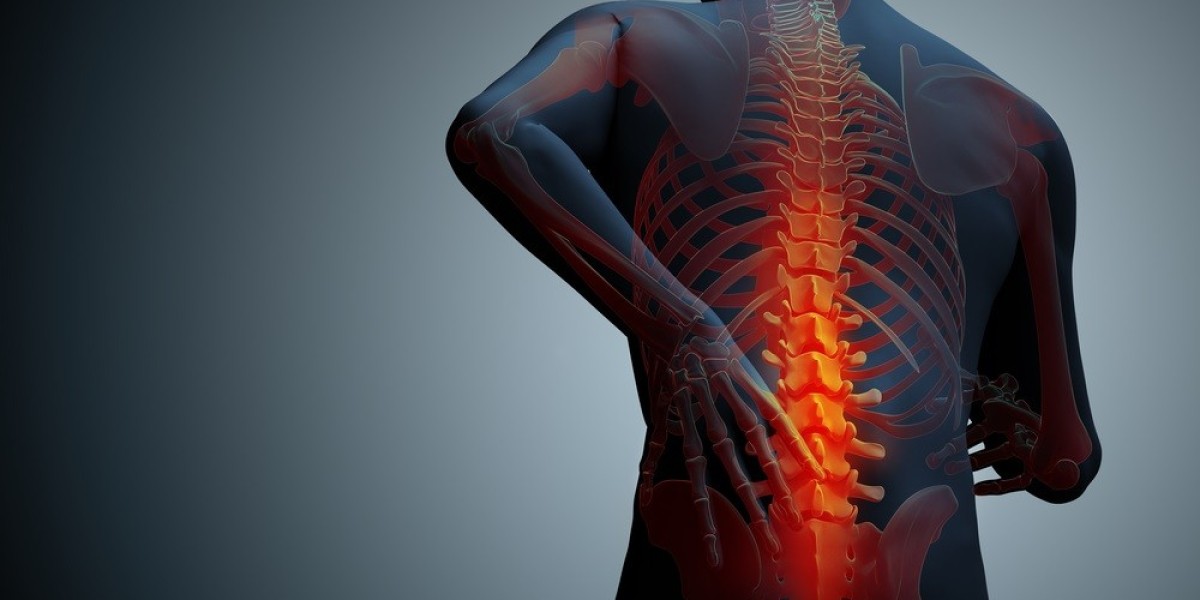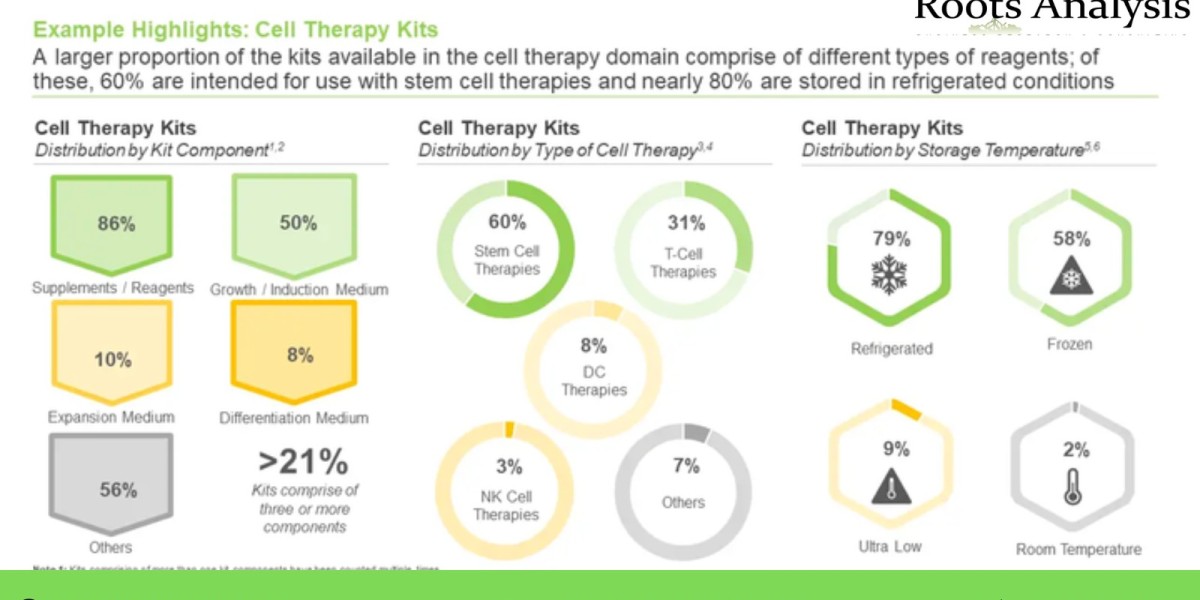Chronic pain is not only a physical challenge but also a psychological one. The persistent nature of chronic pain often leads to emotional distress, including anxiety, depression, and frustration, which can exacerbate the perception of pain and hinder effective management. Psychological approaches to pain management address these emotional and cognitive aspects, aiming to improve overall well-being and enhance pain relief. This article explores various psychological strategies and therapies that can be instrumental in managing chronic pain.
1. Cognitive-Behavioral Therapy (CBT)
- Understanding CBT: Cognitive-Behavioral Therapy is a widely used psychological approach that focuses on changing negative thought patterns and behaviors associated with pain. It helps patients develop more effective coping strategies and promotes a positive mindset.
- Techniques: CBT involves techniques such as cognitive restructuring (challenging and changing negative thoughts), behavioral activation (engaging in activities despite pain), and relaxation training (learning stress-reduction techniques).
- Benefits: CBT can reduce pain perception, improve emotional well-being, and enhance daily functioning. It helps patients manage the psychological impact of chronic pain and develop practical skills to cope with pain-related challenges.
2. Mindfulness and Mindfulness-Based Stress Reduction (MBSR)
- Mindfulness Practices: Mindfulness involves paying attention to the present moment without judgment. It encourages individuals to observe their thoughts, emotions, and physical sensations, fostering a greater awareness of their experiences.
- MBSR: Mindfulness-Based Stress Reduction is a structured program that incorporates mindfulness meditation, body awareness, and yoga. It aims to reduce stress and improve Pain Management by helping patients develop a non-reactive and accepting attitude toward their pain.
- Benefits: Mindfulness and MBSR can reduce pain intensity, improve emotional regulation, and enhance overall quality of life. They help patients develop resilience and a sense of control over their pain experience.
3. Acceptance and Commitment Therapy (ACT)
- Principles of ACT: Acceptance and Commitment Therapy focuses on increasing psychological flexibility by encouraging patients to accept their pain rather than fighting it. It emphasizes values-based living and commitment to actions aligned with personal values.
- Techniques: ACT involves techniques such as mindfulness exercises, cognitive defusion (separating oneself from distressing thoughts), and values clarification (identifying and pursuing meaningful goals despite pain).
- Benefits: ACT helps patients reduce the impact of pain on their lives, enhance their sense of purpose, and improve overall functioning. It promotes acceptance of pain as a part of life rather than a barrier to living fully.
4. Biofeedback
- Understanding Biofeedback: Biofeedback is a technique that involves using electronic devices to monitor physiological processes such as heart rate, muscle tension, and skin temperature. Patients receive real-time feedback on these processes and learn to control them through relaxation techniques and cognitive strategies.
- Applications: Biofeedback can be used to manage pain by teaching patients how to reduce muscle tension, control stress responses, and improve relaxation. It is often combined with other therapies for a comprehensive approach to pain management.
- Benefits: Biofeedback can enhance self-awareness, improve relaxation skills, and reduce pain symptoms. It empowers patients to actively participate in their pain management and develop effective coping strategies.
5. Behavioral Activation
- Principles of Behavioral Activation: Behavioral Activation is a therapeutic approach that focuses on increasing engagement in positive and meaningful activities to counteract the effects of depression and inactivity often associated with chronic pain.
- Techniques: It involves setting small, achievable goals, scheduling activities that bring pleasure or a sense of accomplishment, and gradually increasing activity levels to overcome avoidance behaviors.
- Benefits: Behavioral Activation can improve mood, reduce pain-related disability, and enhance overall quality of life. By encouraging active participation in life, it helps patients break the cycle of inactivity and negative thinking.
6. Supportive Counseling and Psychotherapy
- Supportive Counseling: Supportive counseling provides emotional support and practical guidance to individuals coping with chronic pain. It involves empathetic listening, validation of experiences, and assistance with problem-solving.
- Psychotherapy: Various forms of psychotherapy, including individual and group therapy, address the emotional and psychological aspects of chronic pain. They provide a space for patients to explore their feelings, gain insights, and develop coping strategies.
- Benefits: Supportive counseling and psychotherapy can reduce emotional distress, improve coping skills, and enhance overall psychological well-being. They offer a supportive environment for addressing the challenges of living with Managing chronic pain.
7. Integrative Approaches
- Combining Therapies: Integrative approaches combine psychological therapies with other pain management strategies, such as physical therapy, medication, and complementary therapies. This holistic approach addresses both the physical and psychological aspects of pain.
- Personalized Treatment: Tailoring psychological interventions to individual needs and preferences ensures that patients receive the most effective support for their unique pain experiences. Integrative approaches consider the whole person, including their emotional, cognitive, and social needs.
8. Self-Management Strategies
- Empowerment: Psychological approaches often emphasize self-management strategies that empower patients to take an active role in their pain management. This includes setting goals, developing coping skills, and using relaxation techniques.
- Education: Providing patients with education about pain, its impact, and effective coping strategies can enhance their ability to manage pain and improve their overall well-being.
Conclusion
Psychological approaches to chronic pain management offer valuable tools for addressing the emotional, cognitive, and behavioral aspects of pain. Techniques such as Cognitive-Behavioral Therapy, mindfulness, Acceptance and Commitment Therapy, and biofeedback provide patients with effective strategies for managing pain and improving quality of life. Integrating these psychological approaches with other pain management therapies creates a comprehensive treatment plan that addresses both the physical and psychological dimensions of chronic pain. By incorporating these strategies into their pain management plan, individuals can enhance their ability to cope with chronic pain, improve their emotional well-being, and lead a more fulfilling life.



